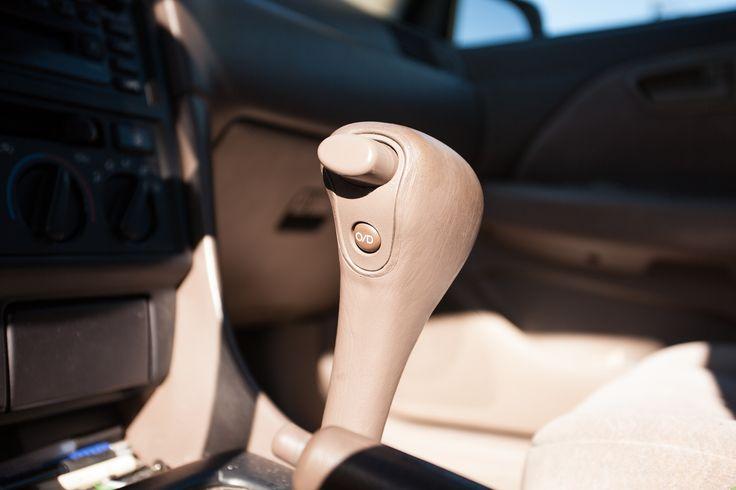How To Change Fuel Filter By Yourself
Every motor vehicle has one or two fuel filters. As the name suggests, they filter the fuel before it enters the fuel injection system. But sieving the fuel of contaminants and sludge makes them dirty. At one point, these filters cannot strain due to dirt buildup and you have to replace them. Knowing how to change fuel filter will save the car owners a trip to the mechanic.
If there are two filters in a car, the primary one is called a strainer. It refines oil going from the fuel pump to the tank. The secondary one cleanses that fuel a second time when it goes to the engine from the fuel tank through the fuel pressure line. If you want to learn about how to replace fuel filters, it would be better to know about their locations and the symptoms indicating a problem.
Where is a Fuel Filter Located?
The replacement becomes easier when you know the exact location of the filters.
You will find the primary filter in the fuel tank, specifically connected to the fuel pump’s inlet. There is a little door to access this filter but some car models require the removal of the fuel tank. Hopefully, you don’t have to do that because automakers guarantee this filter to last for the lifetime.
The secondary one is on the fuel pressure line, carrying refined fuel from the fuel tank to the engine. Look by the engine compartment or near the fuel tank to find this filter.
A diesel-run car is likely to have multiple filters that trap soot to reduce emissions. Due to their limited soot storage capacity, you have to change them regularly.

If you still have difficulty finding the filters, check the owner’s manual. It will show how many filters the car has and where to find them. You can also go to your dealership and ask for the service manual for the make and model.
Symptoms of Bad Fuel Filters
As you already know, a fuel filter removes dirt and debris from the fuel. It gets dirty over time, resulting in reduced capacity of flowing the oil. Extreme clogging may cause not filtering the fuel at all.
You should detect the early signs of bad filters. Otherwise, the engine may stop running at the tertiary stage.
- Diminished engine power
- Losing engine power under acceleration
- Engine stalling in tough driving conditions
- Check engine light comes on
- Frequent engine misfires
How to Change Fuel Filter: Explain In Easy Words
Many automakers guarantee a lifetime service but replacing fuel filter, especially the secondary ones, at regular intervals is necessary. The primary filters may last approximately 100,000 miles but the secondary type should be changed after every 30,000 miles. Their lifespan could be even shorter if you often drive under extreme conditions.
Follow these instructions if you want to know how to install fuel filter without going to a mechanic.
Step #1
If you are replacing the filter in a fuel-injected car, you will need to disconnect the fuel line. But the first thing you need to do is to reduce the line pressure by disabling the electric fuel pump.
SEE MORE
Step #2
Now, you have to reduce the pressure in the fuel lines. Start the engine but after making sure that the car is in ‘Park’ or ‘Neutral’ gear and the parking brake is on. The car won’t go very far but driving this short distance will decrease the fuel line pressure.
Step #3
This step of how to change fuel filter is about disconnecting the fuel lines. First, make sure that the engine is off. Check the owner’s manual to learn how to take the fuel pump fuse out of the fuse box. The fuel line could be secured to the filter with different types of fittings and clamps. You may need some special tools for a unique type of fitting.
If the disconnection requires special tools that you don’t have already, it will be probably cheaper to go to a mechanic for the filter replacement.
Step #4
At this stage, you will remove the old filter from its slot. Before the removal, take a good look at both the old and new filters before the complete removal. The filter is supposed to have an arrow imprinted on its exterior shell, indicating the fuel’s flowing direction. If the new one does not have any such marking, install it exactly the way the old one was attached.

Step #5
Place the new filter in the old one’s slot. Secure it by putting back all the fittings, clamps, and screws and tightening them. Also, restore the fuel pump’s fuse into the fuse box.
This is how to change fuel filter. After everything is done, drive the car a little to make sure that everything is working fine. Put the gear in ‘Park’ or ‘Neutral’ and keep the parking brake on before starting the engine. Also, check if the filter is leaking. Finding no visible problem means you have successfully done the installation.














